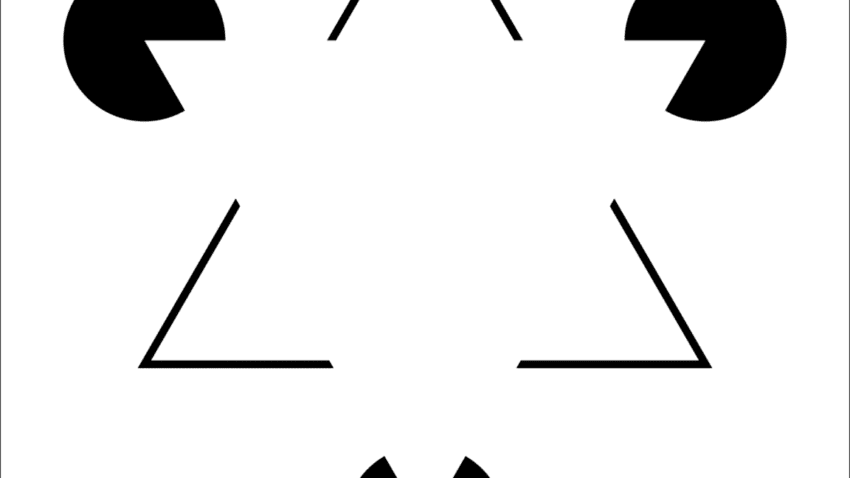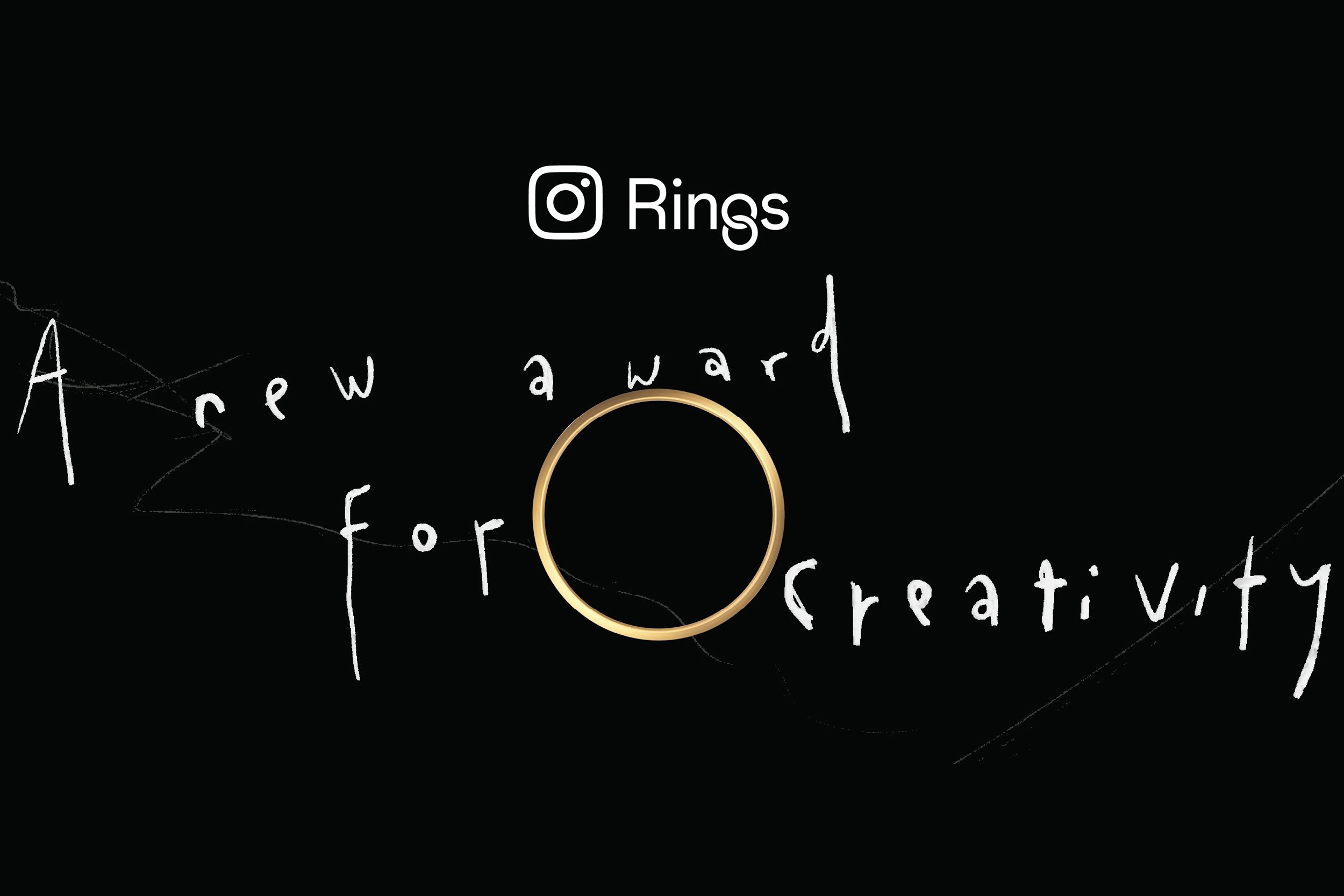
the neurons that let us see what A recent study has unveiled a specific group of neurons in the visual cortex that play a crucial role in our perception of visual illusions.
the neurons that let us see what
Understanding Visual Illusions
Visual illusions have fascinated scientists and the general public alike for centuries. They not only entertain but also provide valuable insights into the workings of the human brain. According to Hyeyoung Shin, an assistant professor of neuroscience at Seoul National University and the first author of the study published in Nature Neuroscience, “Illusions are fun, but they are also a gateway to perception.” This statement underscores the importance of studying visual illusions, as they can reveal the underlying mechanisms of how our brains interpret visual information.
Illusions, such as the well-known Kanizsa triangle, demonstrate how our brains can perceive shapes and edges that do not physically exist. In the case of the Kanizsa triangle, three “Pac-Man” shapes arranged in a specific manner create the illusion of a bright white triangle floating above a uniform background. When the Pac-Man shapes are obscured, the illusion dissipates, revealing that no actual triangle exists. This phenomenon raises intriguing questions about how our brains construct visual reality and the neural processes involved in these interpretations.
The Role of Neurons in Visual Perception
For over two decades, researchers have been investigating the neural correlates of visual perception, particularly focusing on how our brains respond to both real and illusory contours. The primary visual cortex (V1) and higher visual areas have been identified as critical regions where these processes occur. Studies in primates, as well as imaging studies in humans and mice, have consistently shown that certain neurons in these areas respond to both actual and illusory edges.
The recent study led by Shin and her collaborators from the University of California, Berkeley, and the Allen Institute in Seattle has taken this research a step further. The team identified a specific population of neurons in the visual cortex, referred to as IC-encoders, which play a direct role in representing visual illusions. This discovery is significant because it not only adds to our understanding of how visual information is processed but also highlights the complexity of the neural mechanisms involved in perception.
What are IC-Encoders?
IC-encoders are a newly identified group of neurons that respond specifically to illusory contours. The researchers conducted a series of experiments to demonstrate how these neurons encode visual information, particularly in the context of illusory shapes. By using advanced imaging techniques, the team was able to observe the activity of these neurons in real-time as subjects viewed various visual stimuli.
The findings indicate that IC-encoders are activated when individuals perceive illusory shapes, suggesting that these neurons play a critical role in the brain’s ability to construct visual reality. This research sheds light on the intricate relationship between perception and neural activity, revealing how our brains can create a coherent visual experience even in the absence of physical stimuli.
Implications of the Research
The implications of this research extend beyond the realm of visual perception. Understanding how IC-encoders function could have significant ramifications for various fields, including psychology, neuroscience, and even artificial intelligence. By unraveling the mechanisms behind visual illusions, researchers can gain insights into broader cognitive processes, such as attention, memory, and decision-making.
Moreover, this research may pave the way for advancements in the treatment of visual disorders. Conditions such as visual agnosia, where individuals struggle to recognize objects despite having intact vision, could potentially be better understood through the lens of IC-encoder activity. By targeting these specific neurons, future therapies may be developed to enhance visual perception in affected individuals.
Broader Context: The Intersection of Neuroscience and Art
The study of visual illusions also intersects with the world of art and design. Artists have long exploited the principles of visual perception to create compelling works that challenge our understanding of reality. The findings from Shin’s research could provide artists with a deeper understanding of how viewers perceive their work, allowing them to manipulate visual elements more effectively.
For example, artists can use techniques that align with the functioning of IC-encoders to create illusions that captivate and engage audiences. This intersection of neuroscience and art not only enhances the appreciation of artistic endeavors but also fosters a greater understanding of the cognitive processes that underpin our experiences of beauty and creativity.
Stakeholder Reactions
The scientific community has responded positively to the findings of this study. Many researchers in the field of neuroscience have expressed enthusiasm about the identification of IC-encoders and their implications for understanding visual perception. The collaboration between institutions such as the University of California, Berkeley, the Allen Institute, and Seoul National University has been praised for its interdisciplinary approach, combining expertise from various fields to tackle complex questions about the brain.
Additionally, educators and practitioners in psychology and cognitive science have recognized the potential applications of this research. By integrating findings related to IC-encoders into educational curricula, students can gain a more nuanced understanding of perception and cognition. This knowledge could also inform therapeutic practices, enabling professionals to develop more effective interventions for individuals experiencing visual perception challenges.
Future Directions in Research
The discovery of IC-encoders opens up new avenues for future research. Scientists may explore the following areas:
- Neural Mechanisms: Further investigation into the specific mechanisms by which IC-encoders operate could provide insights into the broader neural networks involved in visual perception.
- Comparative Studies: Researchers may conduct comparative studies across different species to understand how visual perception has evolved and how various organisms process visual information.
- Clinical Applications: Exploring the potential clinical applications of targeting IC-encoders could lead to innovative therapies for visual disorders.
- Artificial Intelligence: Insights from this research could inform the development of AI systems that mimic human visual perception, enhancing machine learning algorithms and computer vision technologies.
Conclusion
The identification of IC-encoders marks a significant advancement in our understanding of visual perception and the neural mechanisms that underlie it. As researchers continue to explore the complexities of how our brains interpret visual information, the implications of this work will likely extend into various fields, from psychology to art and beyond. The study not only enriches our knowledge of neuroscience but also invites us to reflect on the intricate relationship between perception, cognition, and the world around us.
Source: Original report
Was this helpful?
Last Modified: October 7, 2025 at 2:37 am
1 views















